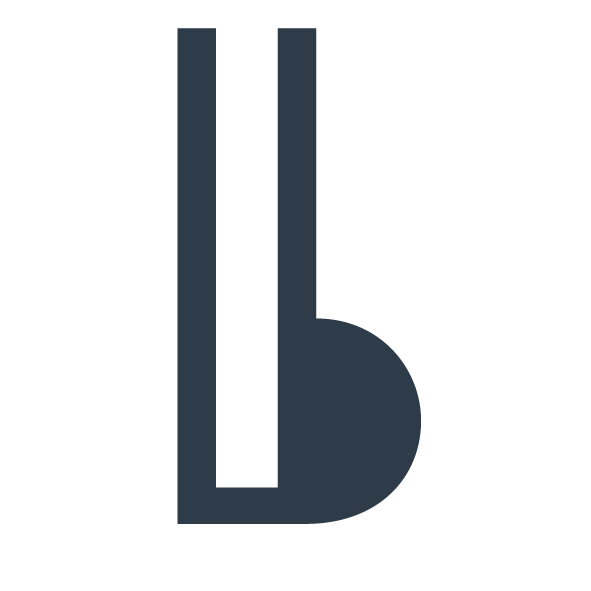Brand Consultancy
Brand Audit —
Are all your brand touchpoints same, same but different? This is where we collect everything; from signage, business cards, presentation templates to the humble email signature. Let’s lay it all out and start to create consistency. It’s harder for a customer to recognise your brand if the face and voice is always changing.
Brand Structure —
If your business has grown more quickly than expected and you have implemented ad-hoc solutions then it is time to realign your brand. Let’s work together to re-organise and re-structure complex sub-brands, products ranges or multiple entities into a simplified brand structure. By addressing your brand hierarchy, it makes your offering clear to your customer.
Brand Strategy —
Sometimes a business can lose track of what it is all about, what it represents and why it started. This is where we can identify your brand values and essence and define your brand personality. A solid strategy will clarify a distinctive place in the market. It will guide the visual direction and ensures the aesthetic is relevant and representative.
Brand Positioning —
What are your competitors doing and how can you stand out? Visual research and in-depth analysis into the competitor landscape identifies which competitors have a strong brand and visual presence and where there is space to differentiate. This can be a combination of direct and indirect competitors both in New Zealand and globally.
Brand Naming –
Coming up with a name is a common hurdle in launching a business. Brainstorming within different themes generates a wide range of options. From there, we can narrow down to a short list, by referring back to our Brand Strategy. Then we need to check this name is unique and able to be trademarked within your industry. Sometimes naming might involve creating consistency around naming conventions so all your sub-brands or product range is unified.
Brand Identity
Brand Concept —
There are many components of a brand. Not only the logo, but typography, colour palette, graphic style, tone of voice and values all work together to build a complete identity that depicts your Brand Strategy and cements your Brand Positioning. Think of these components as dials, to turn up or down in order to communicate a clear message. The concept phase is where the identity comes to life.
Brand Refinement —
Once the general Brand Concept is approved, the design will be refined and client feedback is integrated. Details are polished, the symbol and wordmark are crafted further and the brand style is clearly defined and turned into a robust system.
Brand Suite —
A collection of brandmarks in print and digital formats. This usually includes symbols and wordmarks and in some instances a tagline or other device that is a key component of the visual identity.
Brand Guidelines —
Brand Guidelines consolidate all aspects of the brand and accompany the full logo suite. It’s a designed document summarising your Brand Strategy and providing rules on how to apply your Brand Identity. It explains how use the logo suite, colour palette, typography and any other brand elements. Visual examples of branded collateral act as a reference point. It guarantees that your team understands how the brand looks, feels and sounds and helps to maintain consistency across all branded applications.
Brand Collateral
Brand Collateral —
Once your Brand Identity is polished it is useful to consider the customer experience of interacting with the brand. What does the customer see when the stand outside your premises until they have received their final product or service? Also what is the brand experience from a supplier’s perspective?
Potential brand touchpoints could be:
Business Cards & Letterhead
Email Signatures
Xero Templates
Presentation Templates
Credentials & Pitch Docs
Social Media Assets & Content Plans
Posters, Flyers & Brochures
Annual Reports & Publications
Vehicle Signwriting
Signage
Packaging
Uniforms & Merchandise
Production Management —
If required I can also manage print and production of the items you need. This saves you trying to decipher technical specifications but more importantly ensures the best quality for your budget.
Publication
Layout —
From fine art books for Te Papa to cookbooks, white papers and annual reports. Vast amounts of content needs to be arranged to create rhythm and pace. How can the layout of content be more engaging, highlight key points and communicate your story as clearly as possible? Let’s discuss your requirements.
Infographics —
Sometimes an Excel chart does not create the impact that the statistics deserve. Data visualisations make complex figures easy and clear to interpret. Another solution is using typography as graphics to emphasis key findings.
